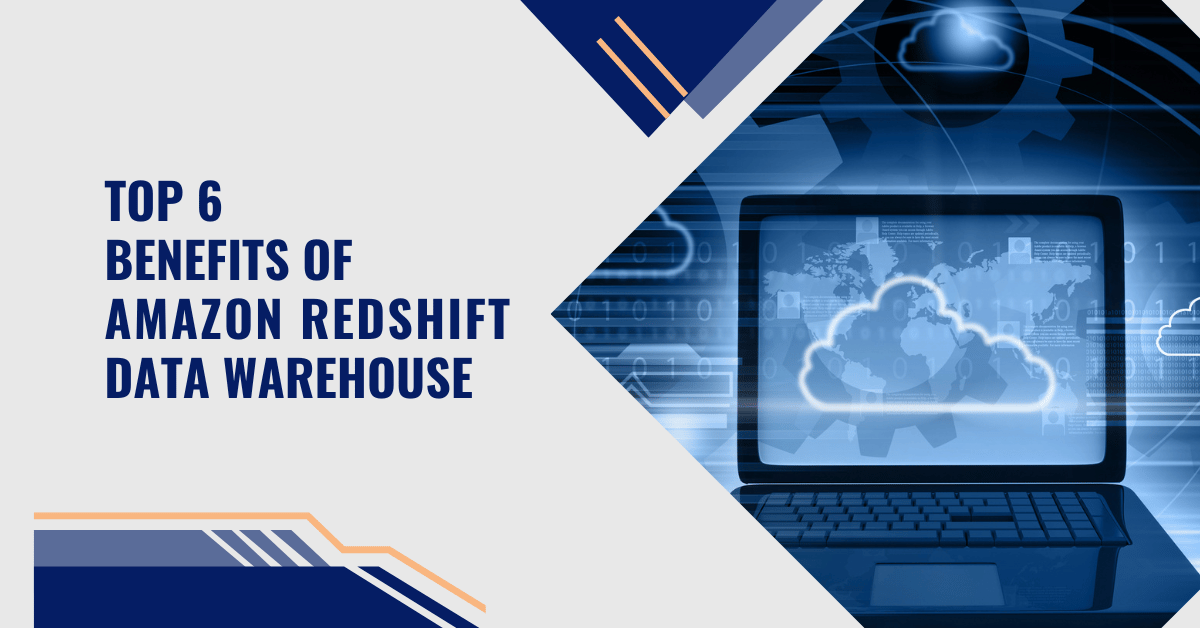Without heavy investment on infrastructure, Amazon Redshift provides greater performance and expandable data solutions. Redshift also provides access to various features for data analytics, compliance, and even artificial intelligence and machine learning applications.
But you already know that.
You may not know that Redshift differs from traditional data warehouses in several key areas. In this article, we’ll look at six benefits that differentiate Redshift from other cloud-based data warehouses and how these features can help you get the best results from your data in Redshift.
Performance
AWS says Redshift is three times faster than alternative cloud-based data warehouses. Customer stories show that even greater performance gains can be achieved, including a tenfold increase in speed. Redshift’s columnar database structure reduces I/O and provides built-in support for consistent query performance on large data sets. Redshift’s performance advantage is also supported by AWS S3 parallel data aggregation. Cloud-based data storage provides built-in data compression and query optimization capabilities.
Easy Development
Amazon Redshift is one of the simplest data warehouse solutions on the market. Log into the AWS console and create a new data warehouse using the commands provided. The infrastructure will then be created automatically. Many administrative tasks, such as replication and backup, are also automated so that you can focus on data, not management. You can also make changes to optimize each task.
Consistent Data Backup
Amazon Redshift provides consistent data and file backup. It also restores them in the event of failure or corruption. Specific actions available in this area include support for continuous and automatic recovery even in the event of disk or node failure. Disaster recovery backup is supported to limit the extent of data loss. Data recovery is also performed in different areas depending on the account configuration.
Risk Tolerance
Risk tolerance is the capability of a system to continue to function even if some components fail. In a data warehouse, fault tolerance refers to the ability of the system to continue to operate even if individual processors or clusters fail.
The reliability of data warehouses and access is critical for all users. AWS monitors clusters 24 hours a day. If devices, nodes, or clusters fail, Redshift automatically replicates the data and moves it to the nodes that can be used.
Disaster Recovery
Servers fail all the time and need to be backed up. The cloud makes this task easier. It’s the only decision your team has to make when backing up your data warehouse.
Cloud providers can create snapshots, backups, or archives in their data warehouse systems. Data warehouses can also be copied to other servers on the cloud service provider’s network.
Cost Effective
Amazon Redshift is the most affordable cloud storage solution, costing less than a tenth of the price of the traditional on-premises data warehouse.
With AWS Redshift, there is no direct billing; you only get what you use. Users can start from less than a dollar to 250 dollar per hour per terabyte per year with no upfront commitment.
Conclusion
Amazon Redshift offers state-of-the-art encryption with built-in encryption: users turn it on, and all data is automatically encrypted. In addition, SSL and Amazon VPC protocols are integrated for greater data security. AWS Redshift helps you protect your data, accounts, and workloads from unauthorized access and other cloud security threats.
Amazon Redshift is also popular for its high-quality service at an affordable price. It allows you to expand your data infrastructure as needed and easily and seamlessly transfer data to all your business-critical applications.
When you choose the right Amazon Redshift consulting partner to build a data warehouse infrastructure that meets your needs and enables growth and scalability, you can increase the value of your business with much better insights and analytics.



